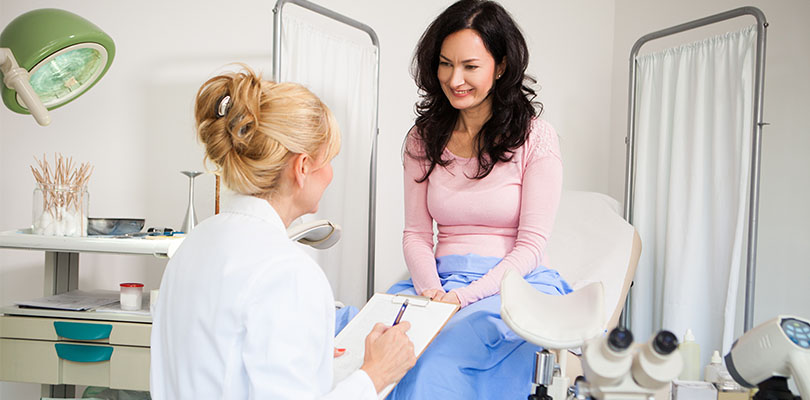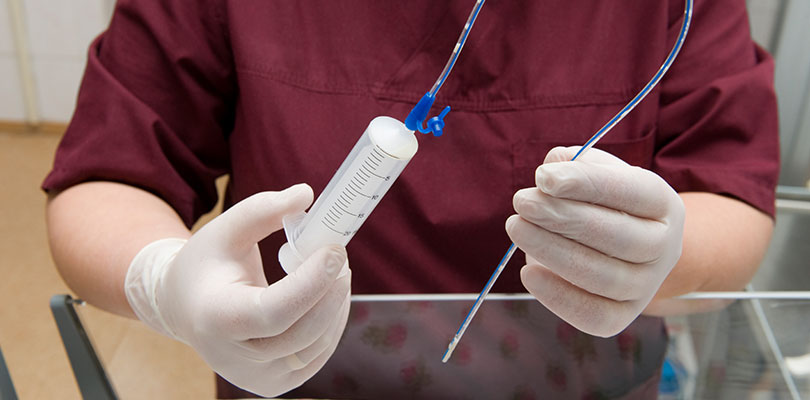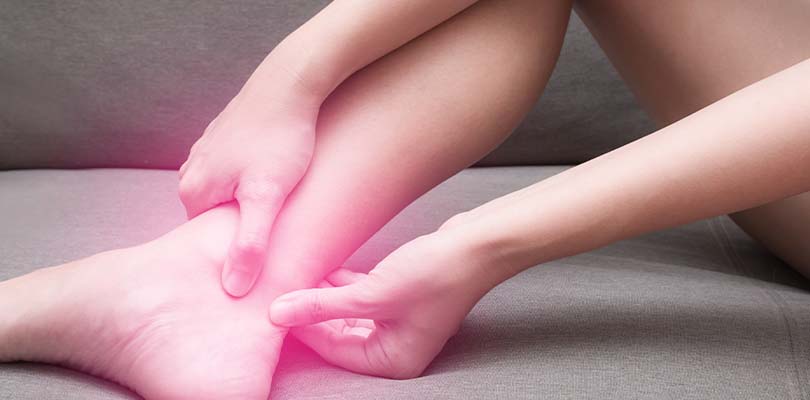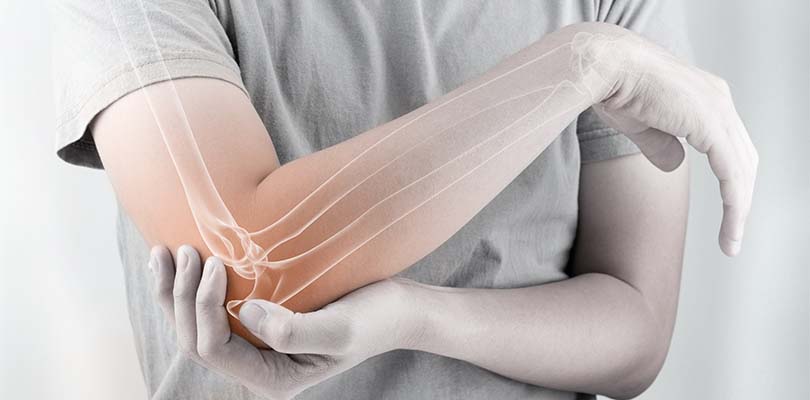What Is Endometriosis?
Endometriosis is a condition where the endometrium, the tissue that lines the inside of the uterus, grows outside of the uterus. It typically affects the fallopian tubes, ovaries, and the tissues that line the pelvis, although in rare cases it may spread within, and even beyond, the pelvic region.
The endometrial tissue still acts normally during each menstrual cycle, thickening and bleeding as a monthly period. However, the displaced tissues become trapped in the body because there is no way to exit. When the trapped tissue affects the ovaries, it may form as endometriomas or cysts, which can irritate the surrounding tissues and lead to scar tissue and adhesions.
Symptoms of Endometriosis
The most common symptom of endometriosis is pelvic pain that tends to worsen over time, which is typically linked to your menstrual period.
Other symptoms of endometriosis may occur, including:
- Dysmenorrhea – painful periods that may include cramping and pelvic pain before, and during, your menstrual period.
- Painful intercourse.
- Pain with urination or bowel movements.
- Heavy bleeding or bleeding in between periods.
- Infertility.
- Fatigue, constipation, diarrhea, nausea, and/or bloating that may be worse during your menstrual period.
It’s important to keep in mind that the degree of your pain isn’t necessarily related to the severity of the condition. Some women have severe pain and mild endometriosis, while others have little to no pain and have advanced endometriosis.
How Is Endometriosis Diagnosed?
The diagnosis of endometriosis is often complicated because the symptoms mimic those of other conditions including ovarian cysts, pelvic inflammatory disease, and irritable bowel syndrome.
Laparoscopy is a small procedure that is performed under a general anesthetic that can definitively diagnose this condition. The procedure involves the use of a laparoscope that is inserted through a tiny incision in the abdomen that enables the physician to look inside the abdominal and pelvic regions to determine if it is present.
The Progression of Endometriosis
If left untreated, it will likely worsen. Women with severe untreated endometriosis can experience complications. For instance, the large patches can cause blockage of the bowel, and they can also obstruct the tube from the ureter to the tube of the kidney.
Additionally, while the condition itself is not cancerous, women with endometriosis are at an increased risk of developing ovarian, breast, and other cancers, as well as atopic and autoimmune disorders.
Possible Causes of Endometriosis
Various theories have been presented as possible causes of endometriosis. However, a definitive cause has yet to be determined.
One common theory is retrograde menstruation, which involves endometrial tissue setting down in unusual areas causing the menstrual flow to get backed up in the fallopian tubes, abdominal cavity, and pelvic regions. While this is a common theory, retrograde menstruation cannot be the only cause of endometriosis as some women experience it in different degrees, and not all develop it.
Another theory is coelomic metaplasia, which is a process where the lining of the pelvic organs contains primitive cells that grow into other types of tissues including the endometrial cells.
A Pap smear is a screening test for cervical cancer. It tests for the presence of precancerous or cancerous cells on the cervix.
Another potential cause is the direct transferring of endometrial tissues during surgery. The basic examples are surgical scars obtained from a cesarean section and episiotomy scars. Transferring of endometrial cells thru the lymphatic system or bloodstream can most likely explain how in rare cases endometriosis develops in other organs and in the brain.
Furthermore, there is evidence showing that changes in a woman’s response to endometriosis can affect their body’s ability to recognize and eradicate the growing endometrial tissue.
Endometriosis Treatment Options
While there is no cure for endometriosis, symptoms can be managed with a variety of treatment options. The right treatment plan will depend on the severity of your symptoms, your lifestyle, and your desire to have children.
Pain Relieving Medication
Over the counter non-steroidal anti-inflammatory drugs (NSAIDs), including ibuprofen and/or naproxen, may be recommended to decrease pain associated with endometriosis. However, if you’re taking the maximum dose and aren’t experiencing symptoms relief, another treatment method may be necessary to manage your symptoms.
Hormone Therapies
While the underlying cause of this condition is unknown, researchers have found that the condition is worsened by estrogen. As a result, hormone therapies for endometriosis are aimed at decreasing estrogen production in the body. Hormone therapies are also used to stop the menstruation process and prevent monthly bleeding.
There are various hormone therapy options, including:
- The contraceptive pill.
- Progesterone.
- Gonadotropin-releasing hormone (Gn-RH) antagonist and agonists.
- Mirena.
- Danazol.
Laparoscopy
In addition to being used to conclusively diagnosis the condition, laparoscopy can be used to treat the condition as well. However, while removal of endometrial deposits may ease symptoms and help improve fertility, endometriosis and associated symptoms may return after this procedure.
Hysterectomy Including Ovary Removal
This is a procedure where the uterus and ovaries are removed. While patients have a higher chance of curing their symptoms with this surgery, removal of the ovaries starts the process of menopause. Early menopause increases the risk of cardiovascular disease, as well as certain metabolic conditions, and even early death.
Conclusion
If you’ve been suffering from unexplained pelvic pain, that is worse during your menstrual period, you should consider getting evaluated for it as this condition can worsen and lead to complications if left untreated.
Depending on the severity of your symptoms and stage of disease, different treatment options may be recommended by your healthcare practitioner to control symptoms and improve your quality of life.







